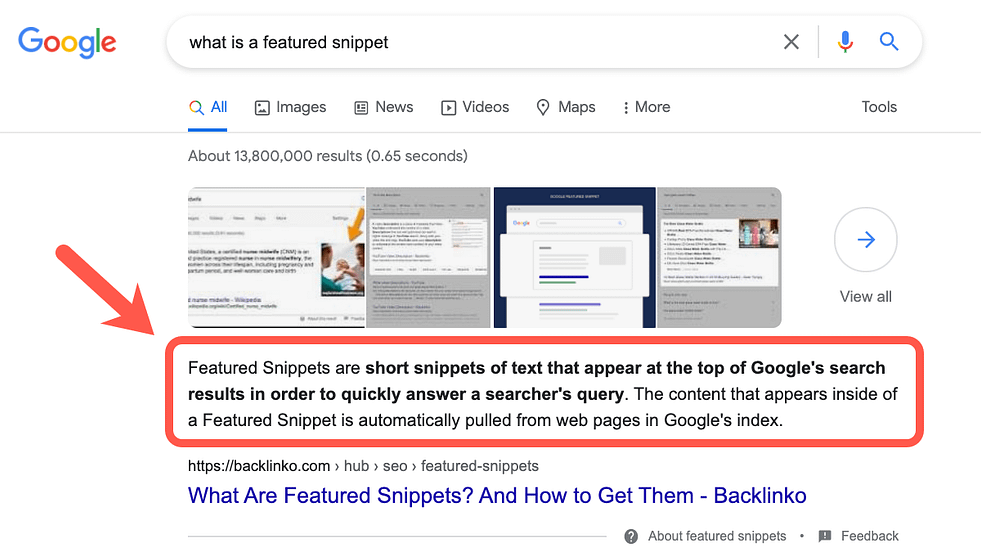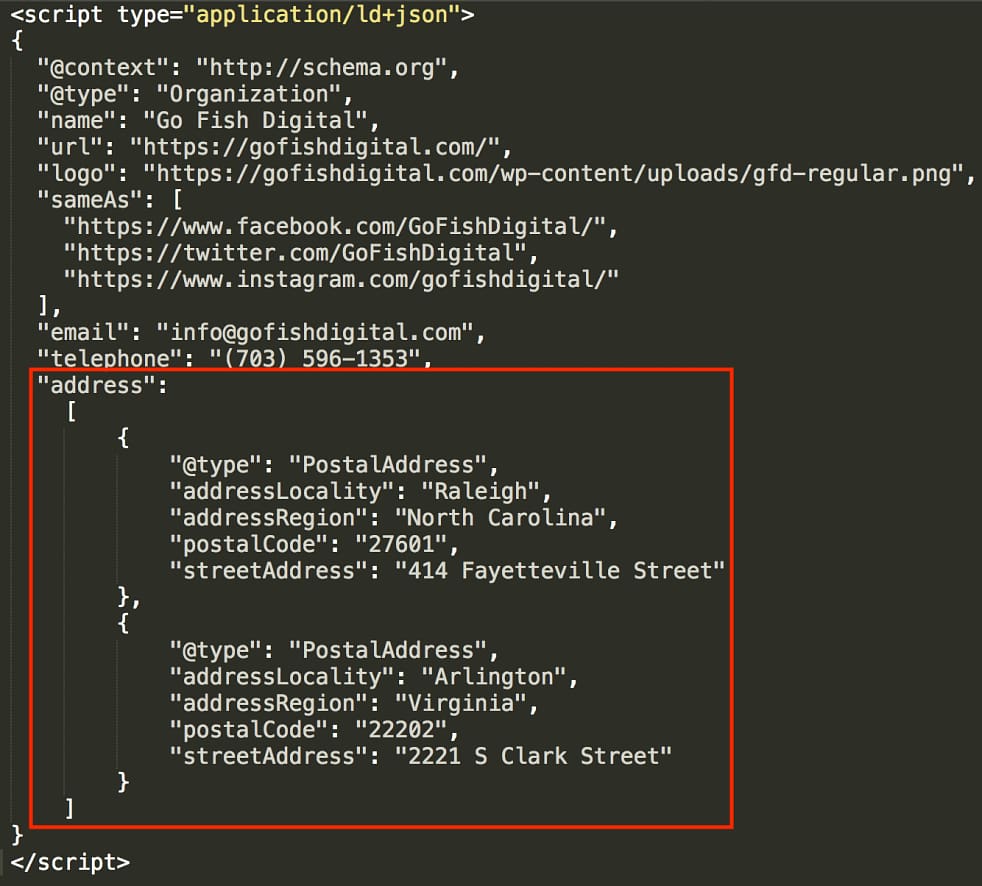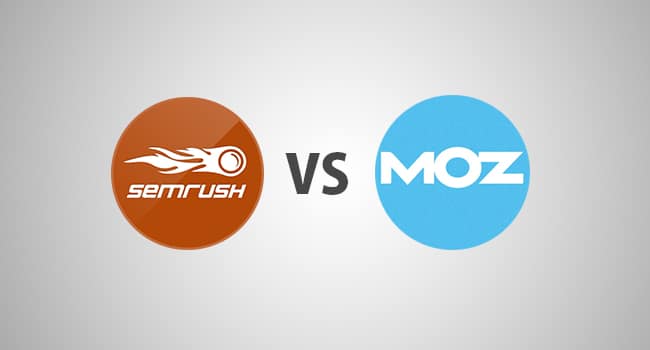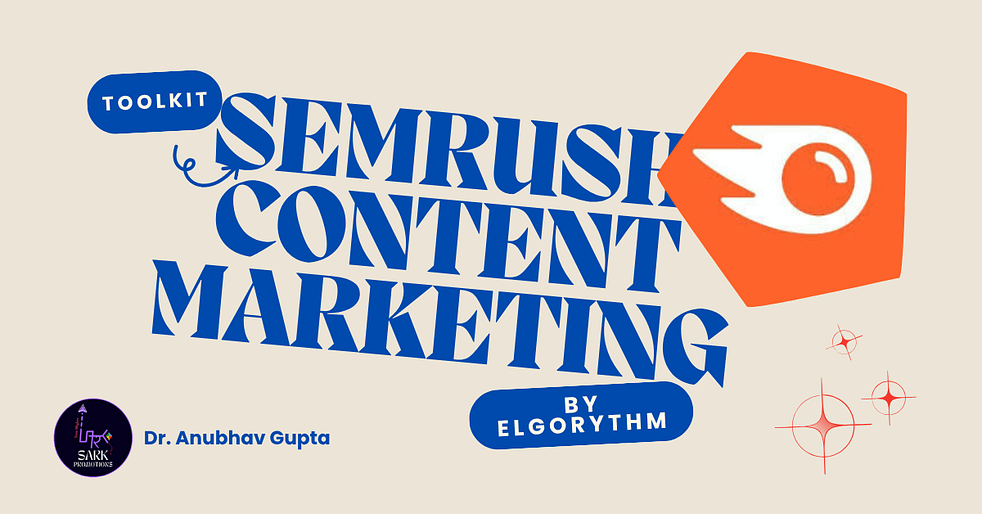Introduction: The Rise of Question-Based Search
The search landscape has fundamentally transformed with the emergence of conversational search behaviours and AI-driven platforms. Today’s users don’t just type keywords—they ask questions, seek specific answers, and expect immediate, relevant results. People Also Ask content strategy has become essential for modern SEO success, representing a shift from traditional keyword targeting to comprehensive user query satisfaction.
This evolution extends beyond traditional SEO into Answer Engine Optimization (AEO) and Generative Engine Optimization (GEO), where AI platforms like ChatGPT, Google’s Search Generative Experience, and Microsoft Copilot fundamentally change how information is discovered and consumed. Content creators must now optimize for both human users and AI systems that synthesize information from multiple sources.
Understanding People Also Ask (PAA) in Modern SEO
People Also Ask represents Google’s most dynamic SERP feature, displaying related questions that expand user search intent beyond the initial query. Unlike static search results, PAA boxes continuously evolve, adding 2-3 new questions as users interact with the feature, creating an “endlessly expanding list of queries”.
The strategic importance of PAA optimization cannot be overstated. Recent data shows PAA visibility has exploded by 34.7% in the US from February 2024 to January 2025, with 63% of PAA interactions occurring on mobile devices. This dramatic growth positions PAA as a critical opportunity for businesses to capture high-impact SERP real estate, even when ranking outside the top 10 traditional organic positions.
Key Benefits of PAA Optimization:
- Visibility multiplication: Businesses can appear multiple times on the same SERP through traditional rankings, PAA boxes, and featured snippets
- Topical authority building: Each PAA answer strengthens Google’s association between your brand and specific topic clusters
- Mobile-first advantage: With the majority of PAA interactions on mobile, optimization directly targets mobile search behaviour
PAA Keyword Extraction Guide: Advanced Techniques
PAA keyword extraction requires systematic approaches that go beyond basic keyword research. Modern extraction techniques leverage both manual observation and advanced AI-powered tools to identify high-value question-based opportunities.
Manual PAA Extraction Methods
The foundation of effective PAA keyword extraction guide begins with understanding user search patterns. Start by entering your primary keywords into Google and documenting all PAA questions that appear. As you click through each question, note how the PAA box expands with additional related queries.
Systematic Extraction Process:
- Begin with seed keywords related to your core topics
- Document initial 4 PAA questions for each seed keyword
- Click through each question to trigger expansion (2-3 additional questions per click)
- Categorize questions by user intent (informational, transactional, navigational)
- Identify patterns in question formats and recurring themes
AI-Powered Keyword Extraction Techniques
Advanced PAA keyword extraction leverages Natural Language Processing (NLP) methods to identify high-value opportunities at scale. Modern approaches include RAKE (Rapid Automatic Keyword Extraction), YAKE (Yet Another Keyword Extractor), and transformer-based models.
RAKE Implementation for PAA:
RAKE excels at identifying multi-word expressions and key phrases from PAA questions by analysing word co-occurrence patterns and frequency statistics. The algorithm scores potential keywords based on their frequency and proximity to other significant terms, making it ideal for extracting long-tail question patterns from PAA data.
YAKE for Context-Aware Extraction:
YAKE provides language-independent keyword extraction that considers statistical significance and contextual relevance. Unlike RAKE, YAKE can work with single documents, making it perfect for analysing individual PAA question sets without requiring large datasets.
Answer Engine Optimization (AEO): The New SEO Frontier
Answer Engine Optimization AEO represents the evolution from traditional search engine optimization to optimization for AI-driven answer platforms. While SEO focuses on ranking links, AEO prioritizes structuring content to deliver precise, authoritative answers directly to users through AI systems.
Core AEO Principles
Answer engines use Natural Language Processing to interpret context and intent behind queries, understanding nuances of human language rather than just matching keywords. This fundamental shift requires content creators to focus on comprehensive question answering rather than keyword density optimization.
Essential AEO Strategies:
- Query-centric content creation: Structure content to lead with value and provide answers upfront
- Conversational optimization: Target question modifiers like “what is,” “how to,” and “why does”
- Authority establishment: Create well-structured, clear content that demonstrates topical expertise
- Schema implementation: Use structured data markup to help AI systems understand and categorize content
Technical AEO Implementation
Implementing effective answer engine optimization AEO requires both content and technical optimization. Research from Princeton and Georgia Tech demonstrates that specific optimization tactics can boost content visibility in generative engines by 30-40%.
High-Impact AEO Tactics:
- Source citation: Enhancing credibility by linking claims to reliable sources (40% improvement)
- Statistical integration: Supporting arguments with quantitative data (35% improvement)
- Expert quotations: Using authoritative quotes for depth and credibility (30% improvement)
- Language simplification: Making complex concepts easily understandable
- Technical terminology: Showcasing expertise in niche queries
Generative Engine Optimization (GEO): Optimizing for AI-Powered Discovery
Generative Engine Optimization extends beyond traditional AEO to specifically target AI platforms that synthesize information from multiple sources. GEO represents a paradigm shift in content optimization, focusing on visibility within AI-generated responses rather than traditional search rankings.
Understanding GEO Implementation
GEO operates through a black-box optimization framework that tailors content presentation, text style, and structure to increase visibility in generative engines. Unlike traditional SEO metrics, GEO success is measured through Position-Adjusted Word Count and Subjective Impression scores that evaluate both citation position and overall content influence.
GEO Optimization Methods:
- Keyword enhancement: Integrating relevant keywords naturally throughout content
- Fluency optimization: Ensuring smooth, error-free text flow
- Unique vocabulary: Enriching content with specific, industry-relevant terminology
- Authoritative tone: Using persuasive language to build credibility

GEO Performance Metrics
Research using GEO-bench, a large-scale benchmark of diverse user queries, shows that optimized content can achieve up to 40% visibility improvement in generative engine responses. The effectiveness varies significantly across domains, emphasizing the need for domain-specific optimization approaches.
Schema Markup for PAA and AEO Success
Structured data implementation forms the foundation of successful PAA and AEO optimization. FAQ schema, HowTo schema, and QAPage schema directly influence how search engines and AI systems interpret and display your content.
FAQ Schema Implementation
JSON-LD represents Google’s preferred format for implementing FAQ schema due to its simplicity and maintainability. Proper FAQ schema implementation can directly increase click-through rates and SERP real estate.
JSON-LD FAQ Schema Example:
json
{
“@context”: “https://schema.org“,
“@type”: “FAQPage”,
“mainEntity”: [
{
“@type”: “Question”,
“@name”: “What is People Also Ask optimization?”,
“acceptedAnswer”: {
“@type”: “Answer”,
“text”: “People Also Ask optimization involves creating content that directly answers common user questions to increase visibility in Google’s PAA boxes and improve overall search performance.”
}
}
]
}
HowTo Schema for Step-by-Step Content
HowTo schema proves particularly effective for instructional content, enhancing visibility in voice search and featured snippets. This schema type includes support for images, time estimates, and detailed step descriptions.
Voice Search Optimization Through Schema
Voice search optimization increasingly depends on structured data implementation, as voice assistants frequently pull answers from schema-enhanced content. PAA sections serve as common sources for voice search responses, making PAA optimization essential for voice search success.
Content Strategy Development for PAA Success
Developing an effective People Also Ask content strategy requires systematic planning that addresses user intent at every stage of the customer journey. Content must be structured to answer questions directly while maintaining topical authority and search visibility.
Content Structure for PAA Optimization
Question-Based Content Architecture:
- Use question-format headings (H2, H3) that mirror PAA queries
- Provide direct, concise answers immediately following question headings
- Structure content with clear hierarchy using proper header tags
- Include bulleted lists for scannable, digestible information
- Implement jump links or table of contents for easy navigation
Content Creation Best Practices
Effective PAA content requires balancing comprehensive information with concise, direct answers. Research shows that only 27% of users thoroughly consume content, making scannable, well-structured content essential.
Essential Content Elements:
- Direct question addressing: Begin sections with clear, specific answers to PAA questions
- Supporting evidence: Include statistics, expert quotes, and credible sources to build authority
- Visual enhancement: Add relevant images, infographics, and videos with proper alt text
- Internal linking: Connect related content to demonstrate topical expertise
- Regular updates: Maintain content freshness to reflect evolving user questions
Advanced PAA Research and Analysis
Professional PAA research extends beyond manual observation to include sophisticated analysis tools and methodologies. Understanding question patterns, user intent evolution, and competitive landscapes enables strategic content planning.

PAA Data Analysis Techniques
Clustering and Pattern Recognition:
PAA questions often follow predictable patterns based on user journey stages. Questions typically progress from basic definitional queries (“What is…”) to implementation questions (“How to…”) to comparison queries (“X vs Y”). This progression provides a content roadmap that guides users from awareness to decision-making.
Competitive PAA Analysis:
Analysing competitors who consistently appear in PAA boxes reveals successful content strategies and identifies content gaps. Focus on question types where competitors lack comprehensive answers, creating opportunities for improved content that better serves user intent.
Tools and Technologies for PAA Research
Professional PAA research leverages both specialized tools and general SEO platforms. Tools like AlsoAsked.com provide intuitive visualization of PAA data, while platforms like SEMrush and Ahrefs offer integrated PAA tracking within broader keyword research workflows.
Advanced Research Workflow:
- Seed keyword identification: Start with core business-relevant terms
- PAA expansion mapping: Document how questions expand through user interaction
- Intent categorization: Group questions by user intent and funnel stage
- Content gap analysis: Identify unanswered or poorly answered questions
- Opportunity prioritization: Focus on high-volume, low-competition question clusters
FAQ Implementation for Maximum Impact
FAQ sections represent one of the most direct methods for PAA optimization, providing structured question-and-answer content that search engines readily understand and feature. Strategic FAQ development goes beyond basic customer service to encompass comprehensive user journey mapping.
Strategic FAQ Development
Comprehensive FAQ Strategy:
- Customer support integration: Analyze support tickets and chat logs to identify recurring questions
- Sales conversation mining: Document common objections and information requests from sales interactions
- User journey mapping: Address questions at awareness, consideration, and decision stages
- Technical question coverage: Include implementation, troubleshooting, and advanced usage questions
- Industry-specific queries: Address niche, expert-level questions that demonstrate authority
FAQ Content Optimization Techniques
Effective FAQ optimization requires balancing comprehensive answers with concise, scannable formats. Each FAQ answer should be complete enough to satisfy user intent while structured for easy consumption across devices.
FAQ Answer Structure:
- Direct answer lead: Begin with a clear, specific response to the question
- Supporting details: Provide additional context and explanation
- Action steps: Include specific next steps when appropriate
- Related information: Link to detailed resources for complex topics
- Regular review: Update answers based on evolving user needs and industry changes
Measuring PAA and AEO Success
Success in PAA and AEO optimization requires comprehensive measurement strategies that go beyond traditional SEO metrics. Modern measurement approaches must account for visibility in AI-generated responses, voice search results, and evolving SERP features.
Key Performance Indicators
PAA-Specific Metrics:
- PAA appearance frequency: Track how often your content appears in PAA boxes for target queries
- PAA click-through rates: Measure user engagement with your PAA-featured content
- Question coverage: Monitor the percentage of relevant PAA questions your content addresses
- SERP feature diversity: Track appearance across multiple SERP features (PAA, featured snippets, local packs)
AEO Performance Measurement:
- AI citation frequency: Monitor how often AI platforms reference your content in generated responses
- Answer completeness scores: Evaluate how comprehensively your content answers user questions
- Voice search visibility: Track performance in voice search results and smart speaker responses
- Generative engine mentions: Monitor visibility in platforms like ChatGPT, Bard, and Microsoft Copilot
Analytics Implementation
Comprehensive PAA and AEO measurement requires integration across multiple analytics platforms. Google Search Console provides essential SERP feature tracking, while specialized tools offer deeper insights into question-based search performance.
Analytics Setup Recommendations:
- Google Search Console configuration: Set up enhanced search appearance tracking for rich results
- Custom goal creation: Establish specific conversion goals for PAA-driven traffic
- Performance segmentation: Separate PAA traffic analysis from traditional organic traffic
- Regular reporting: Implement automated reporting for PAA visibility and performance trends
Frequently Asked Questions
What is People Also Ask content strategy?
People Also Ask content strategy involves creating comprehensive content that directly answers common user questions to increase visibility in Google’s PAA boxes. This approach focuses on question-based content creation, structured data implementation, and user intent satisfaction rather than traditional keyword density optimization.
How does PAA keyword extraction work?
PAA keyword extraction combines manual research with automated tools to identify high-value question-based opportunities. The process involves analysing Google’s PAA boxes, documenting question patterns, and using NLP techniques like RAKE and YAKE to extract relevant long-tail keywords and phrases.
What is the difference between SEO, AEO, and GEO?
SEO focuses on traditional search engine rankings, AEO optimizes content for AI-driven answer engines that provide direct responses, and GEO specifically targets generative AI platforms that synthesize information from multiple sources. Each requires different optimization strategies and success metrics.
How important is schema markup for PAA optimization?
Schema markup is crucial for PAA success, with FAQ schema, HowTo schema, and QAPage schema directly influencing how search engines interpret and display content. Properly implemented structured data increases the likelihood of appearing in PAA boxes and other rich SERP features.
What are the best tools for PAA research?
Effective PAA research combines manual observation with tools like AlsoAsked.com for PAA visualization, SEMrush and Ahrefs for integrated keyword research, and Google Search Console for performance tracking. Advanced users also leverage NLP tools for automated keyword extraction.
How do I measure PAA optimization success?
PAA success measurement requires tracking appearance frequency in PAA boxes, click-through rates from PAA features, question coverage percentages, and overall SERP feature diversity. Use Google Search Console and specialized SEO tools for comprehensive performance analysis.




